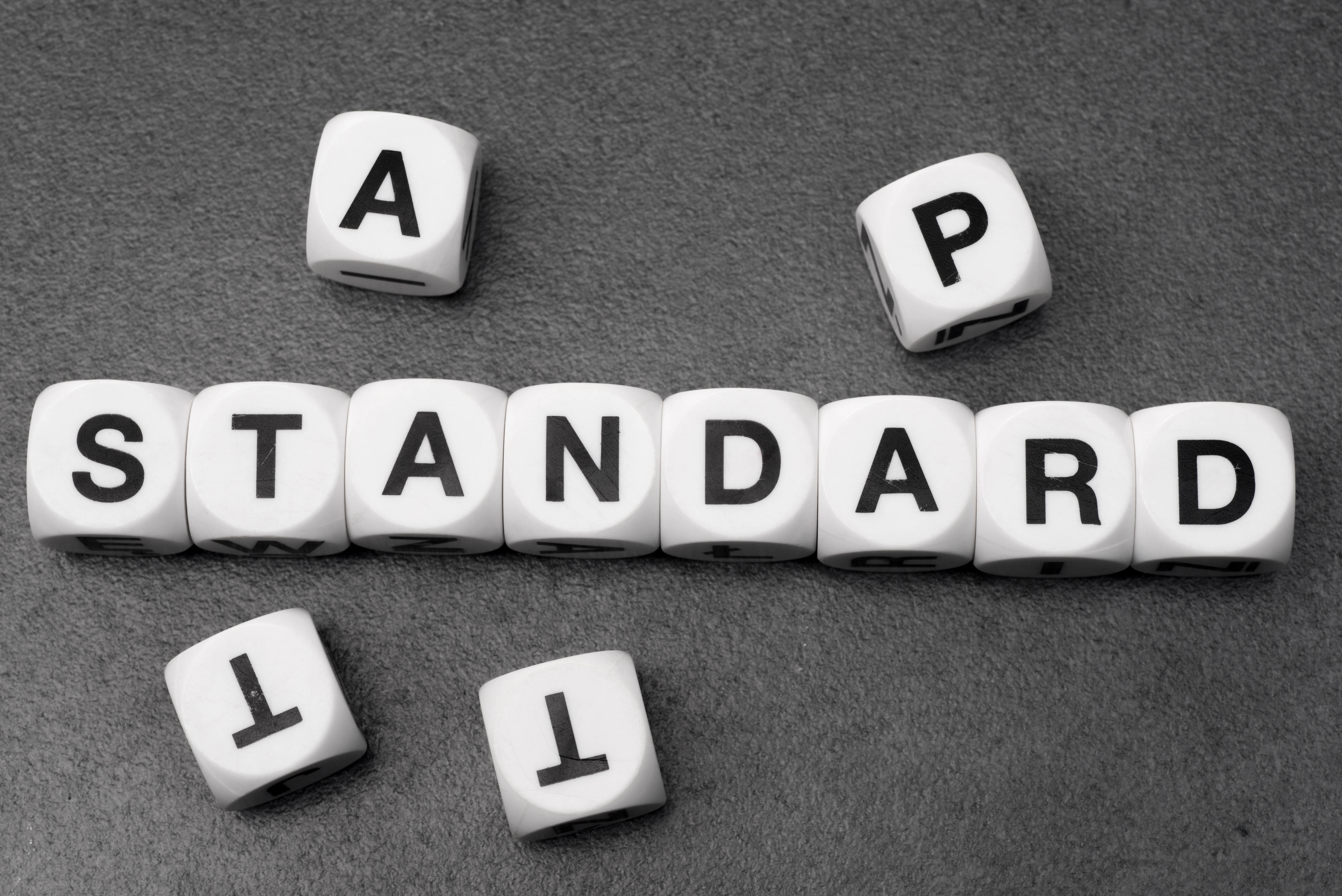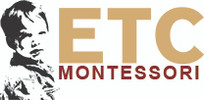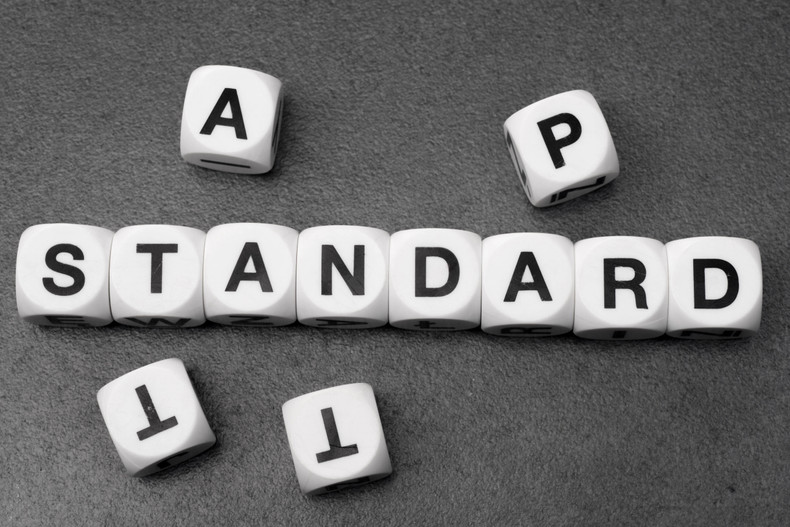
As we move into yet another set of science standards, many Montessori teachers, particularly those in Public and Charter Montessori programs, once again find themselves puzzled, and frustrated, at the idea, that they might have to bend backwards once again, to accommodate yet another set of standards.
The NGSS (Next Generation Science Standards) emphasize the significance of having a deep understanding of science concepts while students engage in scientific thinking, as well as the incorporation of skills and practices across the content areas. For experienced teachers, this means that they need to have deep knowledge and understanding of scientific concepts. New teachers, need to come into the Montessori classroom with the knowledge that they need to incorporate a more thorough study of science.
Montessori teachers, and particularly, elementary teachers are trained to be generalists. As a result, they do not often major in science and usually find themselves lacking the necessary experience to present science and scientific practices with sufficient depth and breadth, and therefore are caught feeling intimidated by the idea of having to present science matters. Their gut reaction is to turn for help to something they feel comfortable with such as 3 part card nomenclature, or workbooks. Unfortunately, nomenclature alone will not help you meet and implement the NGSS!
The second issue, often facing Montessorians, is the fact that there is not enough inquiry-based curriculum out there. Traditionally, Montessori teachers were asked to either create their own materials, or find materials and adjust them to fit the Montessori philosophy and practice. This is not only time consuming but adds to the stress level of many elementary teachers who are already feeling anxious about applying the standards. The majority of Montessori publishers who claim to be NGSS-aligned, rely on materials that are disproportionally balanced favoring reading and writing about science rather than actually performing science.
It is critical that when looking for science materials you look for a curriculum that helps students understand and master solving real-world problems. Students need to gain a different perspective of how things work, while incorporating math, literature, and cultural perspectives. Science needs to be alive and relevant. Look for curriculum that spans a three-year cycle. Curriculum that is expertly designed to draw on a teacher's experience and knowledge while at the same time offering them the tools to do their work with an in-depth approach. There is a lot of flashy frenzy that dominates Montessori conferences. Teachers, guides, or directors, clamor around the familiar 3 part cards with objects sets. Vendors, have discovered that to piecemeal solutions is far more profitable than to offer a complete and well rounded approach to a concept. You can purchase the life cycle of a ladybug as a standalone item or you can purchase the life cycle curriculum which offers a complete approach to how nature functions. You can look at simple machines as a 3 part nomenclature set or you can look at how simple machines function and your students get to work with them through experiments, while looking at the bigger picture of how these simple machines work in relation to electricity, energy, or magnetism and light.
According to the NGSS website, the teaching of science is a three dimensional implementation of learning. In and by itself Montessori has these concepts built into it. If you are using the right curriculum then there is no need to feel that your students are missing out on something or that they are not meeting the standards that have been proposed. Let's take a closer look at how the National Research Council's (NRC) vision for implementing the NGSS is viewed and how their definition of being proficient in science translates. Each standard is composed of three dimensions that when combined they give a unified approach to how science is taught. For many of these dimensions, Montessorians will be able to read them and quickly identify them. Many of them are inherently present in our approach.
I. Practices:
"The practices describe behaviors that scientists engage in as they investigate and build models and theories about the natural world and the key set of engineering practices that engineers use as they design and build models and systems."
Properly developed Montessori curriculum is a "hands-on" curriculum. It involves investigation, data analysis, solution formulation, and the use of high level thinking skills.
II. Crosscutting Concepts:
"Crosscutting concepts have application across all domains of science. As such, they are a way of linking the different domains of science. They include: Patterns, similarity, and diversity; Cause and effect; Scale, proportion and quantity; Systems and system models; Energy and matter; Structure and function; Stability and change. "
In order for knowledge to be relevant, children need to make connections between that knowledge and real world patterns. Montessori curriculum has often been described as a circular curriculum and therefore, inherently it has the foundations for implementing crosscutting knowledge. Timelines have often been an excellent source of understanding cause and effect. Using the traditional timelines or one of the online tools like www.tiki-toki.com or www.timeglider.com older students, or teachers can now show cause and effect.
III. Disciplinary Core Ideas:
"Disciplinary core ideas have the power to focus K–12 science curriculum, instruction and assessments on the most important aspects of science."
Properly designed Montessori science curriculum offers the following benefits while at the same time building on core ideas and strengthening knowledge:
- It allows students to see the importance of science knowledge across a variety of scientific and engineering fields.
- Provides opportunities and tools for solving problems, and analyzing complex ideas.
- Brings knowledge to life and makes scientific concepts relevant to the student's life and interests.
- Have a circular implementation so that concepts may be revisited over multiple years of study with knowledge becoming deeper and more sophisticated each time.

